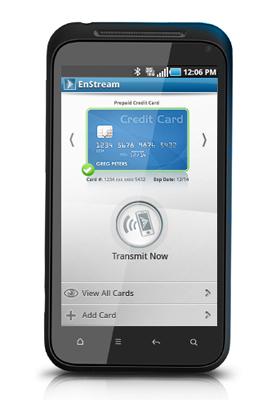Canada’s fifth largest credit card issuer, Desjardins Group, plans to launch NFC mobile payments in 2014, and has become the first issuer to sign up with mobile operator joint venture EnStream in hopes of reaching subscribers from multiple telcos in the country.
EnStream, a joint venture of Canada’s three largest mobile operators, Rogers Wireless, Bell Mobility and Telus Mobility, has long since given up plans for rolling out its own payments service. Instead, it has become an aggregator of access to mobile operator NFC SIM cards in Canada–reselling space on SIMs for all major and some regional mobile carriers. Together, EnStream claims a reach of 95% of the Canadian subscriber market.
It also can manage the secure elements on the SIMs and offers an additional TSM service on the service provider side, to provision and manager their payment and other applications on the SIMs–a service Desjardins has agreed to take, as well.

 NFC TimesThe premier source for news, analysis and commentary on
NFC TimesThe premier source for news, analysis and commentary on 
There's three things that are very strong about the business model of EnStream: first of all there is the reach into the market - an alleged 95% market reach should be more than sufficient to attract the attention of the SP community. Secondly, it's the service itself. EnStream positions itself basically as a provider of distributed hosting services: allowing banks and other service providers to host their secure applications literally in the hands of their customers. And as a third, banks are indeed very passionate about branding and the top-of-wallet, top-of-homescreen effect. Allowing BYOW (Bring Your Own Wallet) avoids the situation where the supply and demand side of this B2B market become competitors in the B2C domain. We should build NFC ecosystems, not egosystems!
There's three things that are very strong about the business model of EnStream: first of all there is the reach into the market - an alleged 95% market reach should be more than sufficient to attract the attention of the SP community. Secondly, it's the service itself. EnStream positions itself basically as a provider of distributed hosting services: allowing banks and other service providers to host their secure applications literally in the hands of their customers. And as a third, banks are indeed very passionate about branding and the top-of-wallet, top-of-homescreen effect. Allowing BYOW (Bring Your Own Wallet) avoids the situation where the supply and demand side of this B2B market become competitors in the B2C domain. We should build NFC ecosystems, not egosystems!